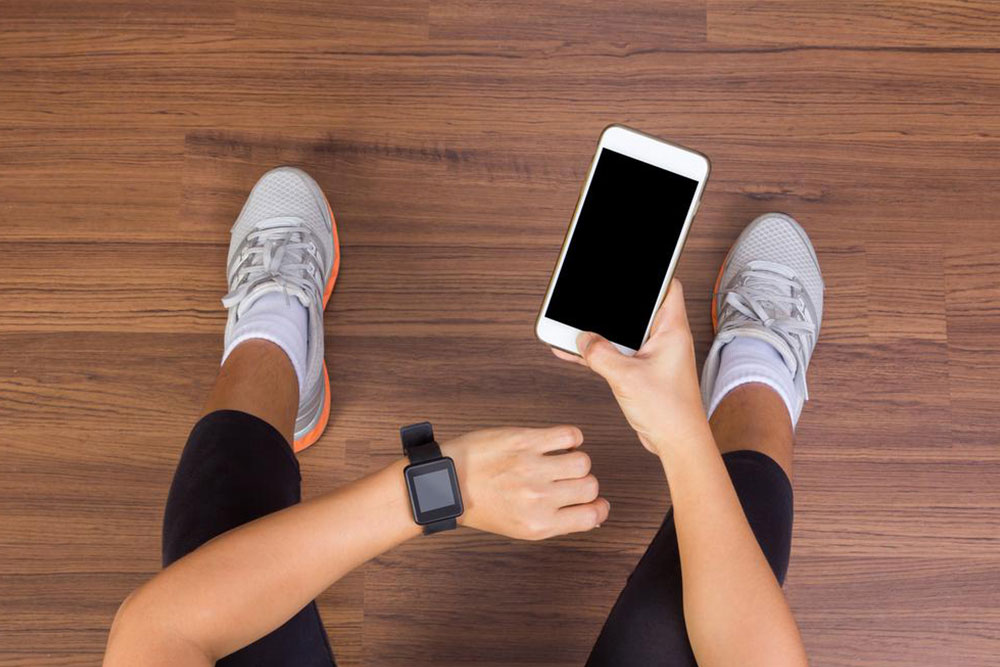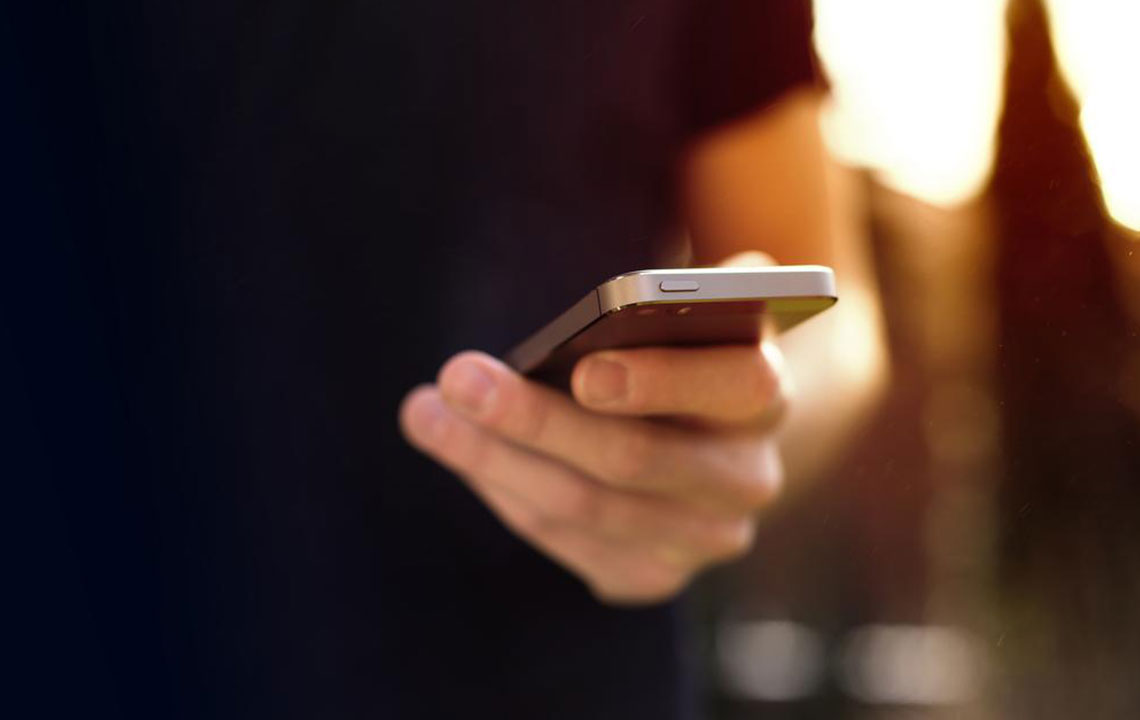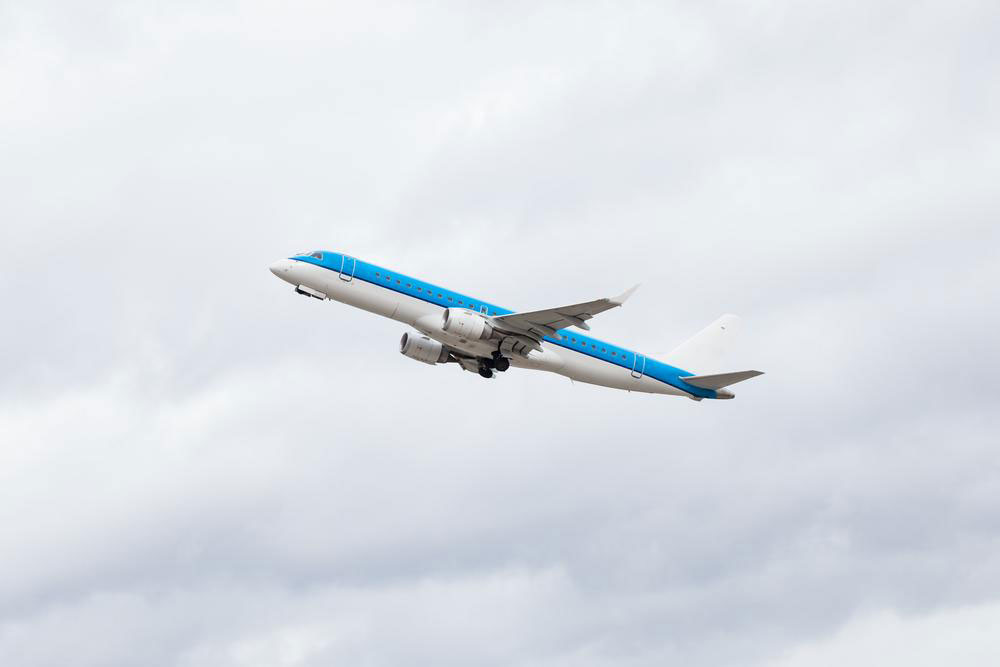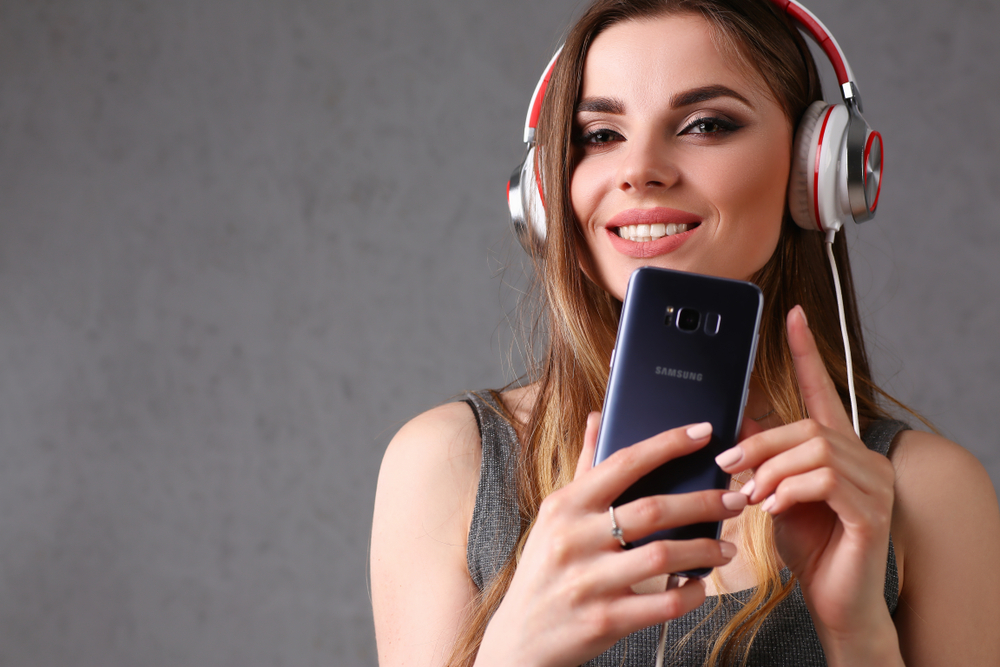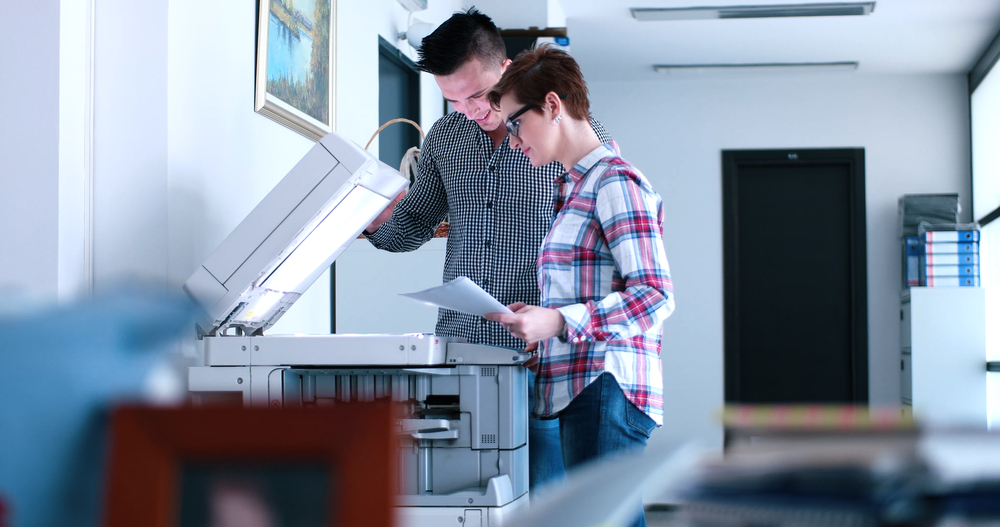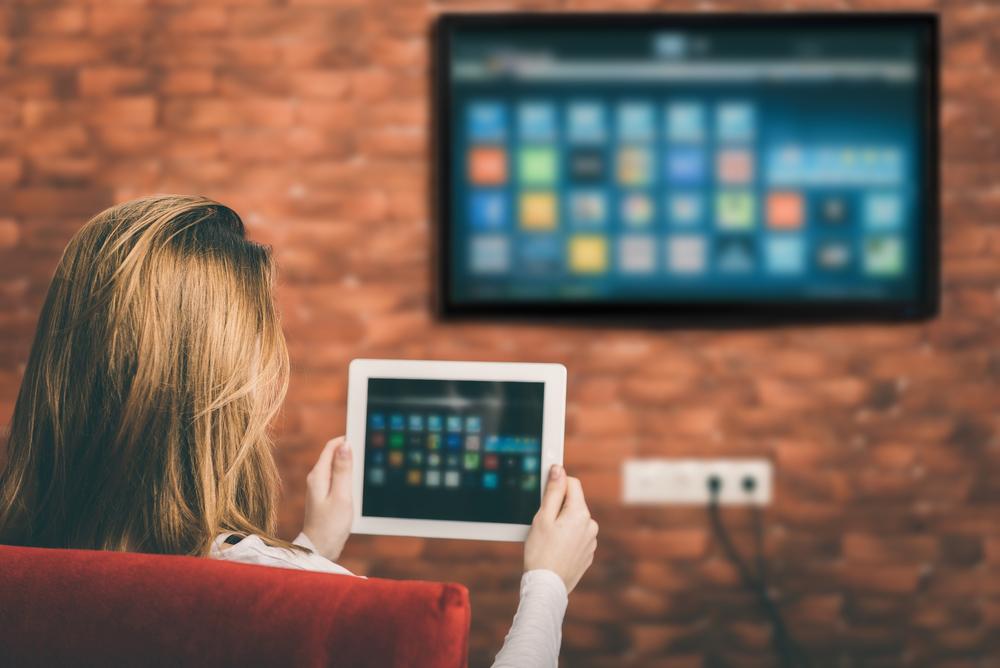Essential Information About the Lifeline Assistance Program
The Lifeline Assistance program helps low-income seniors stay connected through free landlines and cell phones. It provides vital communication tools that improve safety, reduce isolation, and enhance quality of life. Eligibility includes income and participation in government assistance programs. Major providers offer affordable plans and easy application processes. This article highlights the importance, benefits, and qualification criteria for Lifeline Assistance, empowering seniors with essential connectivity resources.
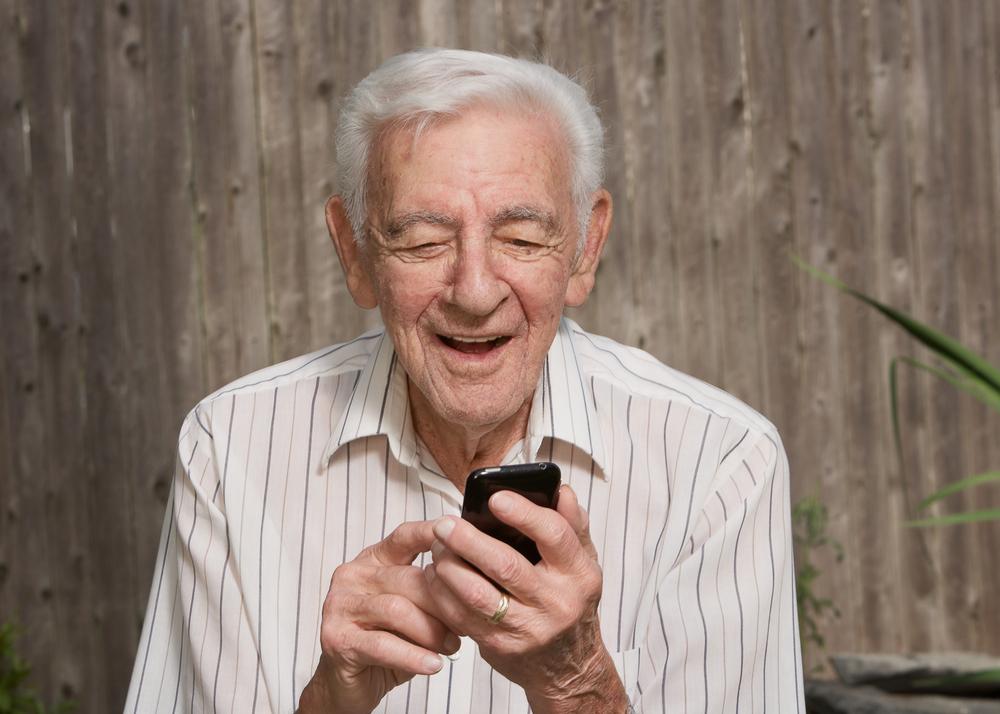
Key Facts About the Lifeline Assistance Initiative
Age is a significant factor impacting access to everyday services, regardless of gender or socio-economic status. Fortunately, advancements in technology and supportive government programs demonstrate that age should not hinder connectivity. Free or affordable cell phones play a vital role in empowering senior citizens by keeping them connected with loved ones and emergency services.
Lifeline Assistance Overview
This federally funded program was originally designed to provide free landline services to low-income households. Over time, it has expanded to supply free cell phones to elderly individuals, ensuring they remain connected in today’s digital age.
Furthermore, the program's reach spans all 50 US states, including tribal communities.
Why Do Seniors Need Lifeline Support?
The main goal of this initiative is to enable seniors to access essential communication services, whether to make a call or send a text. As people age, health issues may lead to social isolation. Providing free cell phones helps seniors stay connected, receive help promptly, and maintain a sense of community.
Living alone can increase health and safety risks.
Many seniors face challenges in receiving timely assistance during emergencies.
Having a cell phone helps them stay in touch with loved ones and emergency services.
Access to a free device reduces chances of injury or health complications going unnoticed.
Efficient Lifeline services guarantee safety and peace of mind for elderly users.
Virtual networks allow seniors to reconnect with old friends and expand their social circles.
How to Qualify for Lifeline Assistance?
Individuals with incomes below 135% of the federal poverty line qualify for the program. Additionally, participation in programs such as Medicaid, SNAP, or Section 8 can also make you eligible. Those temporarily residing in care facilities or nursing homes can also access these benefits. Remember, benefits are limited to one person per household.
Low-income households
Participants in government assistance programs
Residents with temporary addresses in eligible facilities
Service Providers
Prominent providers like SafeLink Wireless, Assurance Wireless, US Cellular, and ReachOut offer free cell phones and affordable plans, starting as low as $1 per month. If talk time runs out, users can top-up their plans easily. These services greatly benefit seniors by ensuring constant connectivity and quick access in emergencies.
Application Process for Lifeline Assistance
To apply, visit the provider's official website and fill in your ZIP code and personal details. This helps verify service availability in your area. You will also need to submit documentation such as Social Security benefits, proof of participation in government assistance programs, veteran status, or unemployment details. Keeping these documents ready simplifies the application process, especially for seniors in care homes or nursing facilities.

